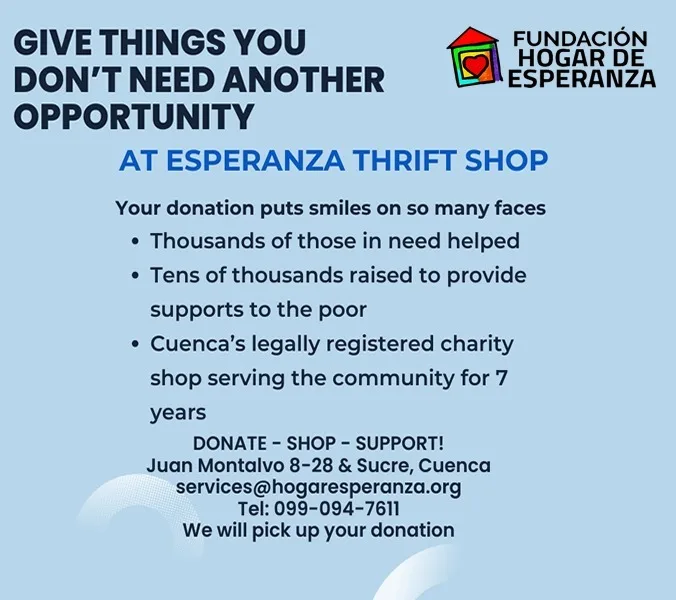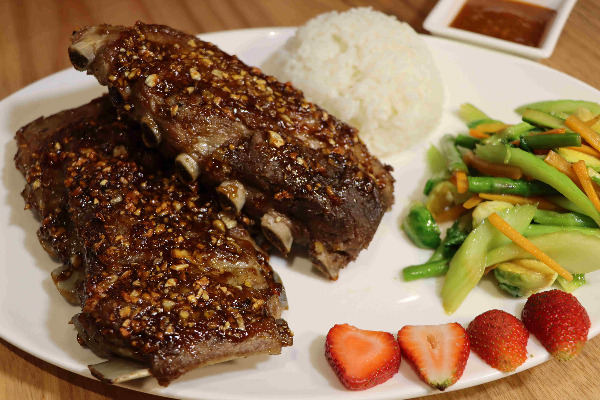Did you eat your grapes on New Year’s Eve? Did you jump over a burning monigote? Good luck with that!
When clocks struck midnight on New Year’s Eve in Spain and Latin America, many revelers were too busy to pop champagne, set off fireworks, or kiss their spouse. Instead, they’re stuffing 12 green grapes in their mouths — an attempt to ward off bad luck in the new year.

Eating 12 grapes on New Year’s Eve is said to bring good luck.
In Cuenca, it was hard to miss the grape vendors circulating among the crowd in the hours before midnight. Although the grape-eating tradition is not as well-known as jumping three times over burning monigotes or wearing yellow underwear, it plays an important role among locals in preparing for a successful new year.
A common story traces the tradition of the twelve lucky grapes, or uvas de la suerte, to grape farmers in Alicante, Spain, who cannily suggested the idea when they had a surplus harvest to unload in the early 1900s. But according to food writer Jeff Koehler, newspaper articles about the tradition from the 1880s suggest it developed from Madrid’s bourgeoisie copying the French custom of drinking champagne and eating grapes on New Year’s Eve.

Dummies go up in flames on a Cuenca street during last night’s New Year’s Eve celebration.
Either way, Spanish tradition eventually became a superstition that spread to Central and South America. Eating one grape at each of midnight’s 12 clock chimes guarantees you a lucky year — if and only if you simultaneously ruminate on their significance. (Each grape represents an upcoming month.) If you fail to conscientiously finish your grapes by the time the clock stops chiming, you’ll face misfortune in the new year.
In Ecuador, another popular tradition is jumping three times over burning año viejo dummies — or minigotes. The leap carries risks since some dummies are stuffed with fireworks that can go off mid-jump. Other celebrants, particularly those who have had too much to drink, misjudge the jump and land in the fire.
In addition to grapes, in cities like Cuenca, Quito and Riobamba, you probably noticed yellow underwear for sale on street corners and in the markets on New Year’s Eve. Like eating grapes, the yellow undies are said to bring good luck.
__________________
Credit: Atlas Obscura




















